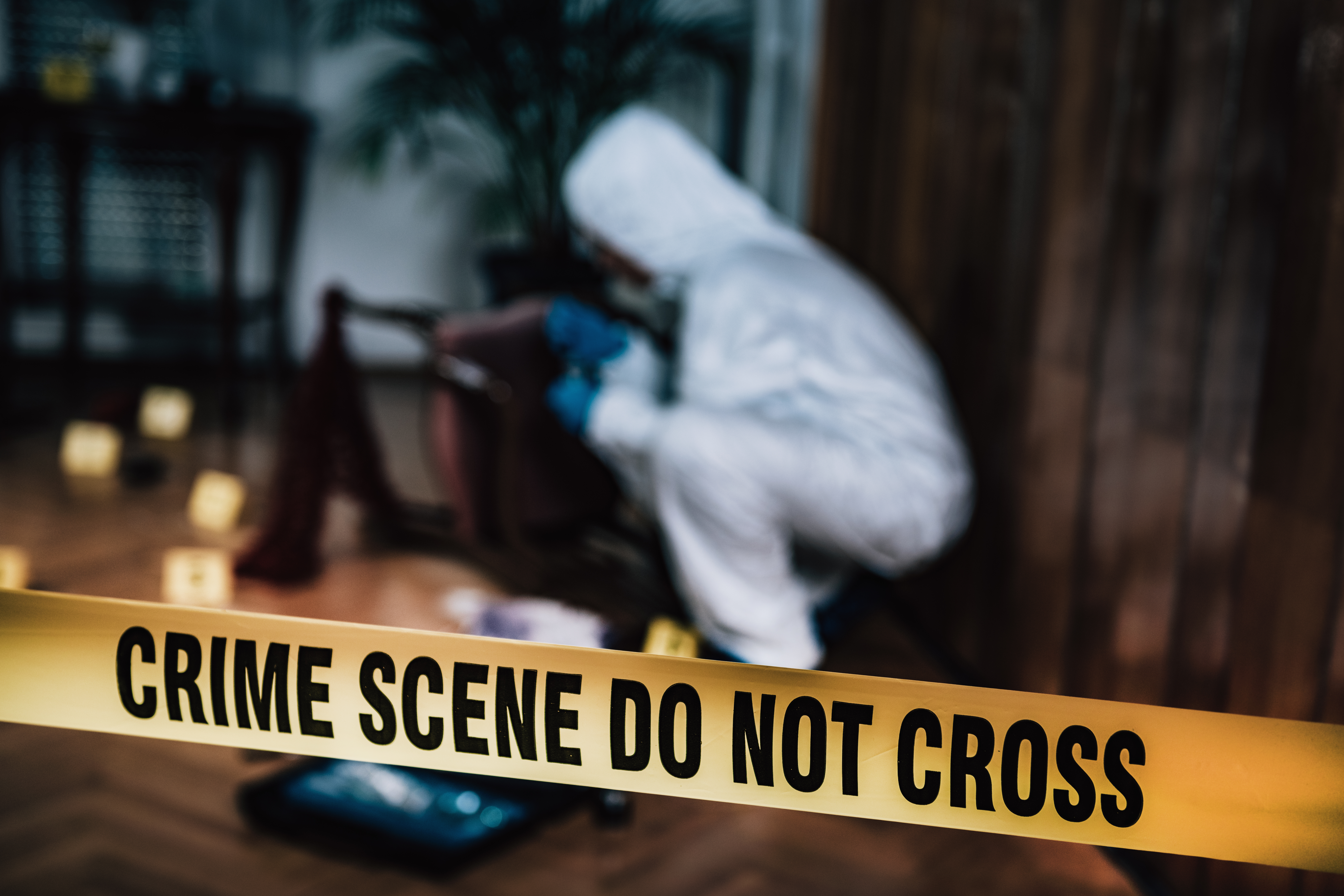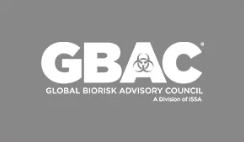Tools You Need to Set Up a Secure Work Area for a Crime Scene
Crime scene technicians may be called to all kinds of different settings and environments, but what happens when the call comes in? The priority is setting up a secure, safe work area. Here are some tools and procedures that are required to start work.
Setting up a secure work area for a crime scene
When a call comes in, crime scene technicians have to be ready to get started as quickly as possible. There is a series of procedures and processes that take place to ensure public safety and increase efficacy. These include:
Blocking off the area with caution tape
The first task to complete is to block off and seal the area in question with caution tape. The tape provides a visible, physical barrier, which distinguishes the crime scene and prevents members of the public from wandering into an area that could potentially be dangerous. Restricting access to the crime scene can also help to ensure that any evidence that is detected can be collected and preserved.
Putting up barriers
Barriers are a useful tool for sectioning off areas, especially in public places where there is a risk of contamination and people unwittingly entering potentially hazardous areas. Crime scene technicians and law enforcement officers can use barriers to keep people out and to ensure those who have authorization to access the area are safe within the designated zone. Crime scenes and incidents can often attract a lot of attention, and it’s critical for officers and technicians to take steps to prevent bystanders from getting in the way, while ensuring that they have sufficient space to carry out their investigations.
Examination stations
Examination stations are designed to provide a base for crime scene technicians and other professionals working on the scene to collect, analyze and evaluate evidence using  forensic tools and equipment. Evidence can be gathered, examined and bagged and sealed quickly to maximize the chances of solving a crime. A technician may carry a range of tools with them to aid swift, effective evidence collection, such as evidence bags, biohazard bags, a camera, measuring equipment, scales, disposable tweezers, spray paint and chalk and a notebook.
forensic tools and equipment. Evidence can be gathered, examined and bagged and sealed quickly to maximize the chances of solving a crime. A technician may carry a range of tools with them to aid swift, effective evidence collection, such as evidence bags, biohazard bags, a camera, measuring equipment, scales, disposable tweezers, spray paint and chalk and a notebook.
Flashlights
Crimes happen around the clock, and flashlights are an essential forensic tool. With a flashlight, you can work safely and you can take advantage of a powerful, reliable light source when the natural light is fading or it’s late in the day. The intensity of the light also facilitates closer, more detailed examination, especially in environments where light is poor and it’s difficult to see. Flashlights can illuminate the scene, enabling inspectors to identify pieces of evidence while working safely at any time of the day.
Summary
When a crime is committed, it’s critical to act quickly to secure the scene and make it safe. Crime scene technicians follow procedures and utilize forensic tools and equipment to set up safe work areas, protect the public and facilitate the rapid, effective collection of evidence.
Keep Your Home & Family Safe











